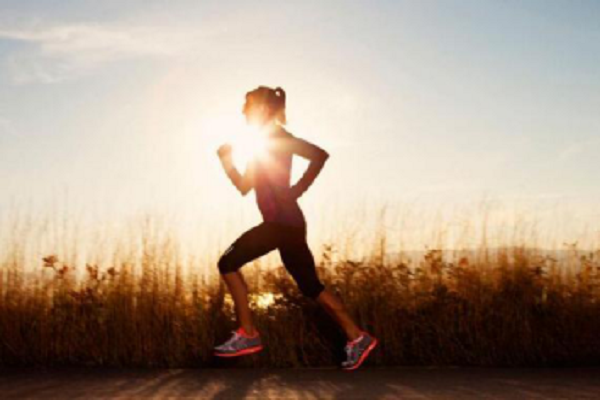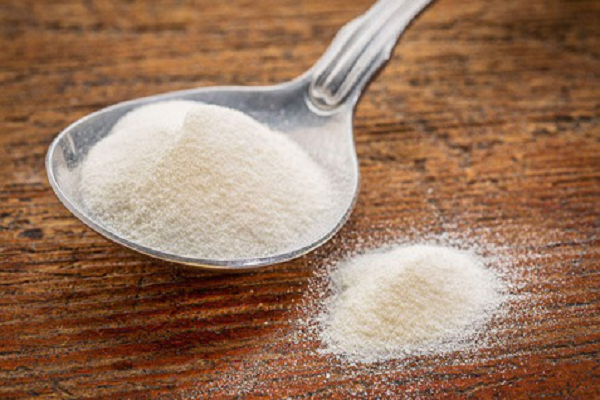Stropharia, also known as C. cuspidatum, is an artificially domesticated wild strain that has gradually expanded in recent years. The mushroom flavor is fragrant, the meat is crisp, the palatability is good, the output is high, the selling price is high, and the economic benefit is very considerable. However, its fresh products have short storage time and are difficult to store. If they are not sold in time, they will cause huge losses. In order to ensure that the economic benefits will not be lost, the salt processing and dried product processing techniques of Stropharia capsici are introduced.
I. Saline processing of Stropharia
1, harvest. The mushroom body used for salted export of Stropharia capsulitae should be mature in 6~7, that is, the mushroom cap is bell-shaped, and the fungal film has not yet been ruptured and harvested. The bamboo shoots are used to scrape off the foot and sediment, and are cleaned.
2, killing. Put the cleaned mushroom body into 5% salt water and boil for 8~12 minutes. The specific cooking time should be determined according to the size of the mushroom body. Cook until the mushroom body is cooked and not bad, the center of the mushroom body is thoroughly cooked. until. The "sinking and floating method" can be used for the detection, that is, a ceasefire for a while, the sinking of the mushroom body is cooked, and the floating is alive; or the mushroom body is placed in cold water, the mushroom is sinking, and the mushroom is floating. After cooking, remove and
Quickly put in cold water or running water until it cools down. Fix the aluminum cooking pot or stainless steel pot, avoid using iron pan, so as not to affect the quality of the mushroom body color browning.
3, pickled. First, a 40% saturated saline solution was prepared, and 40 kg of refined salt was weighed, dissolved in 100 kg of boiling water, and cooled. Then cook the cooled Stropharia Capsicum out of the water, and put it into a clean large vat, and inject saturated salt water to submerge the mushroom body and press the bamboo heavy object to prevent the mushroom body from being exposed to salt water discoloration and corruption. The surface of the cover is sprinkled with a layer of salt for color protection and antisepsis. After the salt is deepened, it is sprinkled with a layer, so that the salt is insoluble until the surface is reached.
4, rotating cylinder storage. Stropharia capsizolus is marinated in brine for about 10 days, and the cylinder is recirculated once again. Saturated salt water is re-injected, and the pressure is covered and salt is spread until the brine concentration in the tank is stabilized at 24 Baume, which can be stored in barrels and exported. After processing, brine can be recycled by heating and evaporation for recycling.
5, the consumption of salt water mushroom. Salt-processed Stropharia capsula can generally be preserved for about 3 months. When eating, remove the mushroom body from the salt water, soak it in clean water and soak it to desalt, then you can cook it; you can also put it in 1% citric acid. Soaked in the liquid desalination 7min, picked up after rinsing with clean water, cooking can not put salt, so as not to increase salty.
Second, the dry bulb products
The mushroom body of Stropharia globularis has high water content and is not suitable for processing by drying. It is advisable to use a dryer or an electric blast drying machine to perform mechanical drying in a drying room. The process is:
1, graded sieve. The mushroom body used for dried Stropharia should stop spraying 2 days before harvesting, scrape mushroom scales and mushroom foot sediment with bamboo, keep stipe according to need or use stainless steel scissors to cut off all or Part of the stipe, after cleaning, drained under the air, or drying the sun under the sun for 2 ~ 4h, according to the size of the mushroom body and wet and dry degree screening grading, bacteria pleats placed on the baking screen. Before baking, the dryer (room) is preheated to 45~50°C. When the temperature is slightly lowered, the fresh mushroom screen is discharged on the baking screen shelf of the drying room. The large and wet mushroom discharge screen holder middle layer and the small mushroom The top layer of the dry mushroom screening rack is opened, and the bottom layer of the mushroom removal screen is opened. After the discharge is completed, close the drying door and start baking.
2, thermostat stereotypes. The start temperature of the mushrooms picked on a sunny day is 35~40°C; the mushrooms picked on a rainy day are 30~35°C. After the mushroom body is heated, the surface moisture quickly evaporates. At this time, all the inlet windows and exhaust windows should be opened to discharge the water vapor with the maximum ventilation volume, so as to promote the fixation of the whole flowering pleats and erect shape. Immediately afterwards, the temperature dropped to 26°C and maintained for 4 hours to prevent the bacterial lamellae from falling down, damaging the mushroom shape, and the color becoming darker and reducing the commodity value.
3, mushroom body dehydration. Bake temperature at 26 °C for 4 hours after the beginning of warming, with an increase of 2 ~ 3 °C per hour bake temperature method to maintain 6 ~ 8h to 51 °C when the constant temperature, to promote the body a lot of water evaporation. When the temperature rises, it is necessary to open and close the window in time to adjust the relative humidity by 10% so as to ensure that the bacterial lamella is upright and the color is fixed. During the warming stage, the position of the upper and lower baking screens should be properly adjusted so that the dryness of the mushroom body is uniform.
4, the overall dry. From a constant temperature of 51°C to 60°C for about 6 to 8 hours. When it is dried to 80% dry, it should be taken out from the oven and dried for 2~3 hours before being baked on the rack. The double windows are fully closed for 2 hours, and then baked until lightly folded by hand. Mushroom shank is easy to break, and the baking is finished when crisp sound is emitted. Generally, 9kg fresh mushroom can be processed into 1kg dried mushroom.
5, finished product packaging. The baked dried Scutellaria bulbarii dry grades are packed into plastic food bags according to the level, and each bag is filled with 500g or 1000g of dry goods, sealed in bags, stored or exported. The dried bulbs of the bulbous mushroom can also be placed in woven bags lined with plastic film. After the bags are sealed, they are put into corrugated cartons or decocted bamboo and wooden boxes. Each box contains 5kg of dry goods, which is convenient for storage and beneficial. Export sales.
Collagen is a triple helical protein which can be considered as the bio-glue inside our body; in fact, animal glue can be obtained by boiling the animal skin. Collagen, a major component of connective tissues, exits in the extracellular space of these tissues which are the key reinforcing and bonding materials for all tissues and organs throughout our body, forming rigid structures as such bone, semi-rigid tissues such as cartilage, or soft tissues such as muscle, tendon, skin, ligaments, and cell membranes, etc. There are different forms (fibrillar and non- fibrillar) and types of collagens in the body; Type 1 being the major type constitutes over 90% in our body and is the major component in skin, tendon, vascular ligature, organs, bone (main component of the organic part of bone). Because collagen is an essential building material of all tissues and organs, it has many medical uses, such as in cardiac (hear) applications, cosmetic surgery, bone grafts, tissue regeneration, reconstructive surgical uses, and wound healing care.
Collagen is created inside fibroblast cells, and this process is needed to support the creation and repair of the body`s connective tissues. However, the biological process starts to breakdown when we are aging, normally after we reach the age of late 20s or early 30s. Because collagen from natural sources such as animal, fish scales or plant contain essentially the same amino acid compositions (glycine, proline, alanine, hydroxyproline, glutamic acid, arginine, aspartic acid, serine, lysine, leucine, valine, threonine, phenylalanine, isoleucine, etc.) as human collagen, supplement the body with the natural collagen, either by dermal application or through oral ingestion, can help rejuvenate collagen creation process to support the repairing of aging connective tissues in our body, particularly those in our skin, and to reverse or slow down the aging process for a more youthful appearance.


Collagen
Hydrolyzed Collagen,Fish Collagen,Collagen Food,Collagen Cosmetic
Nanjing Sunshine Biotech Co., Ltd , http://www.sunshine-bio.com